The art of shaping onigiri, those beloved Japanese rice balls, has taken a playful turn with the rise of "cartoon onigiri." These adorable creations go beyond the traditional triangle, transforming simple rice balls into characters and whimsical designs. While molding rice by hand is the classic approach, many home cooks have discovered a clever shortcut: plastic wrap. This unassuming kitchen staple offers a surprisingly effective way to achieve crisp edges and consistent shapes, especially for intricate cartoon-inspired onigiri.
Plastic wrap solves a common frustration when working with sticky rice. Unlike bare hands, the wrap prevents grains from sticking to fingers, allowing for smoother shaping. The transparency of the material also provides visual control, crucial when crafting detailed features like facial expressions or tiny ears. For cartoon onigiri, where precision matters, this visibility becomes invaluable. The wrap acts as both barrier and tool, keeping hands clean while enabling the creation of sharp angles that might be difficult to achieve through hand molding alone.
The technique begins with selecting the right plastic wrap. A clingy variety works best, as it needs to adhere slightly to the rice without tearing. Many experienced makers recommend using two layers for extra sturdiness when creating more complex shapes. The process involves placing a portion of seasoned rice in the center of the stretched wrap, then carefully folding and pressing to form the desired silhouette. For triangular bases, the wrap helps compress the rice evenly on all three sides, creating that signature crisp edge that defines traditional onigiri.
What makes this method particularly suited for cartoon onigiri is its adaptability. The plastic wrap allows for incremental adjustments – a slight tuck here, a gentle push there – that can transform a basic triangle into a cat's face or a bear's head. Unlike hand-shaping, where mistakes often mean starting over, the wrap permits subtle corrections without damaging the rice structure. This forgiveness proves essential when attempting more ambitious designs that incorporate multiple elements or asymmetrical features.
Seasoned creators have developed various plastic wrap techniques for different effects. Some use the wrap to create indentations for facial features before adding nori or other decorations. Others employ a combination of wrapping and gentle squeezing to form protruding elements like cheeks or snouts. The wrap's tension can be adjusted to control the rice's density, resulting in firmer shapes that hold their form better during handling and presentation. This control over texture is especially important for cartoon onigiri meant for bento boxes, as they need to survive transportation without losing their charm.
Beyond shaping, the plastic wrap method offers practical advantages for storage and preparation. Partially formed onigiri can be wrapped and refrigerated, then finished with decorations later. This makes the technique ideal for meal prepping or preparing ingredients in advance for parties. The wrap also serves as a hygienic barrier when making onigiri to share, keeping the rice protected until serving time. For cartoon designs that require multiple components or colors of rice, the wrap allows separate elements to be shaped individually before assembly.
While traditionalists might argue that hand-molded onigiri possess a certain rustic authenticity, the plastic wrap technique has carved out its niche in the world of creative rice ball art. It democratizes intricate designs, making them accessible to home cooks without professional training. The method's precision and repeatability have even inspired online communities where enthusiasts share templates and troubleshooting tips for specific cartoon characters. From simple smiley faces to elaborate anime mascots, plastic wrap has become an unexpected but indispensable tool in the cartoon onigiri maker's kit.
The evolution of this technique reflects broader trends in home cooking, where practicality meets creativity. As food presentation grows increasingly important in social media culture, methods like plastic wrap shaping allow everyday cooks to achieve professional-looking results. The transparency of the material adds to the visual appeal during the creation process, making it particularly suitable for cooking videos and tutorials. What began as a simple solution to sticky fingers has blossomed into a full-fledged approach to edible art, one plastic-wrapped rice ball at a time.
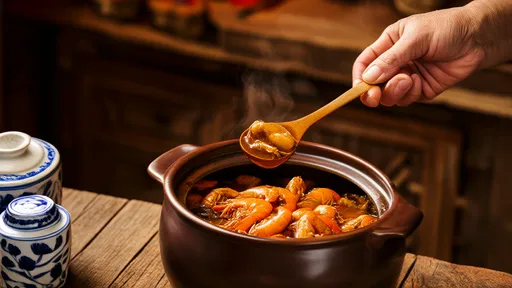
By /Aug 11, 2025
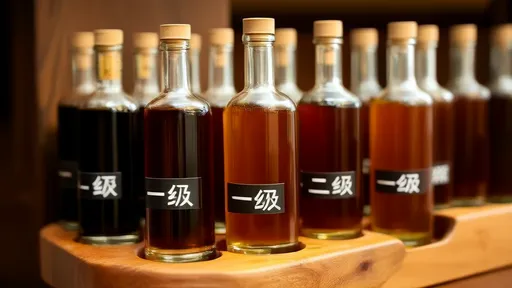
By /Aug 11, 2025
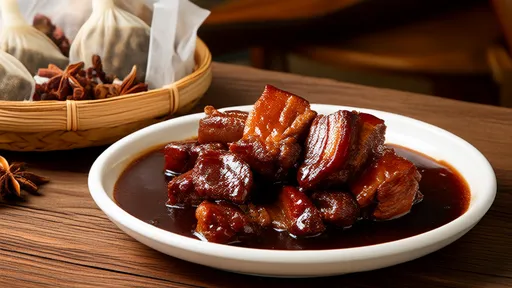
By /Aug 11, 2025
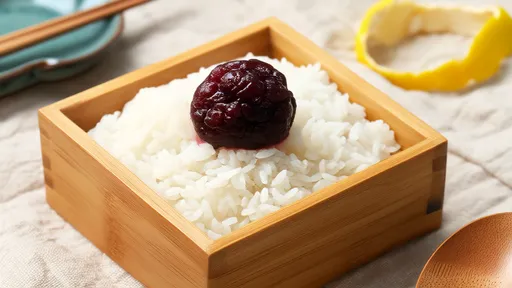
By /Aug 11, 2025

By /Aug 11, 2025

By /Aug 11, 2025
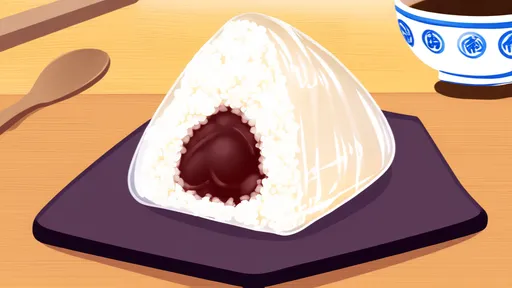
By /Aug 11, 2025
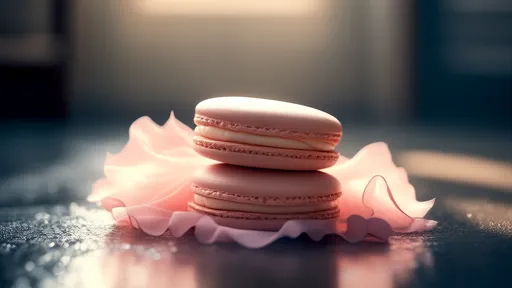
By /Aug 11, 2025
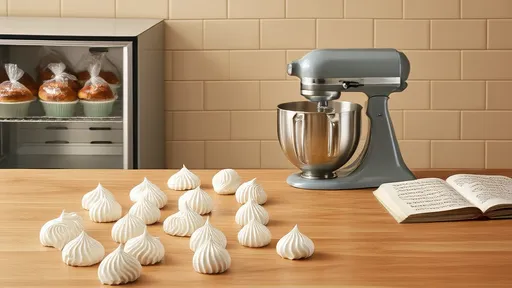
By /Aug 11, 2025
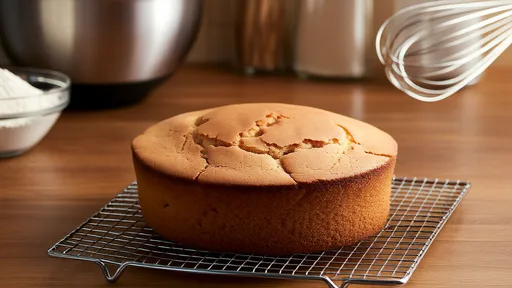
By /Aug 11, 2025
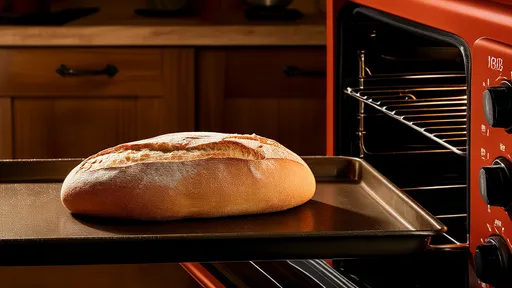
By /Aug 11, 2025
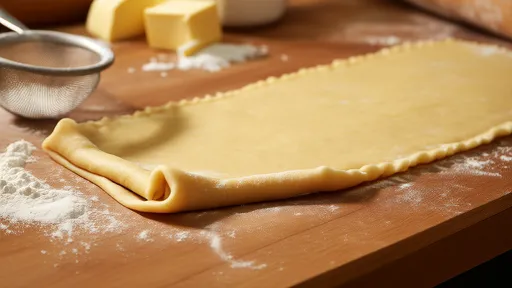
By /Aug 11, 2025
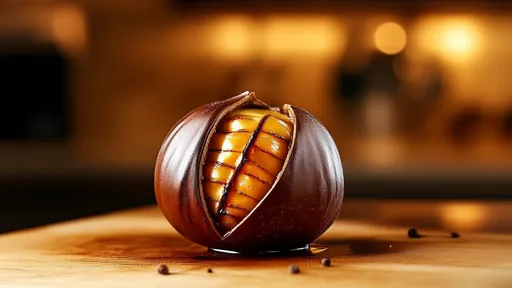
By /Aug 11, 2025

By /Aug 11, 2025
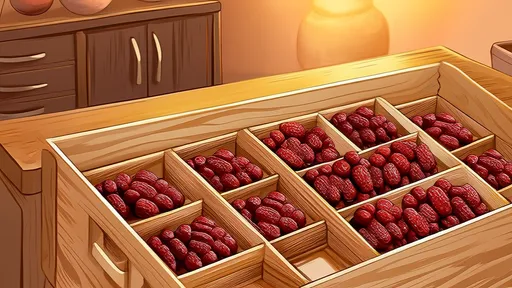
By /Aug 11, 2025
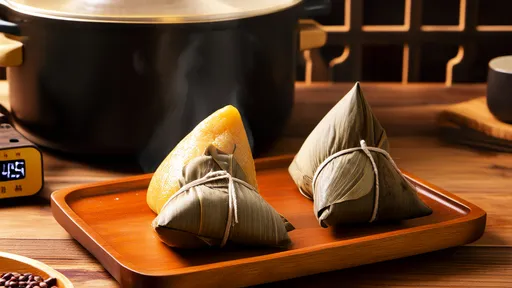
By /Aug 11, 2025
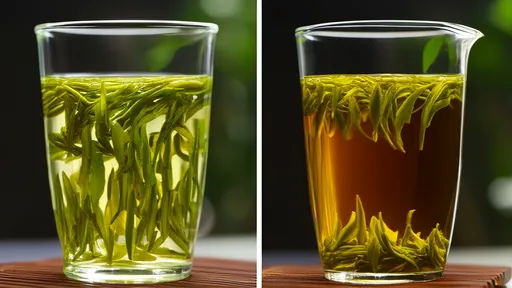
By /Aug 11, 2025

By /Aug 11, 2025
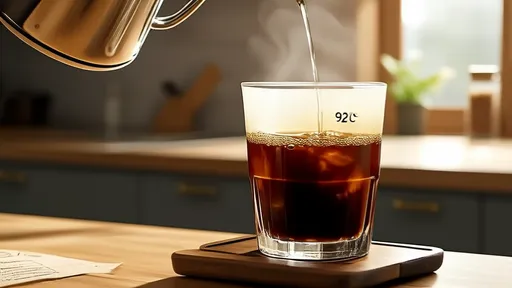
By /Aug 11, 2025

By /Aug 11, 2025